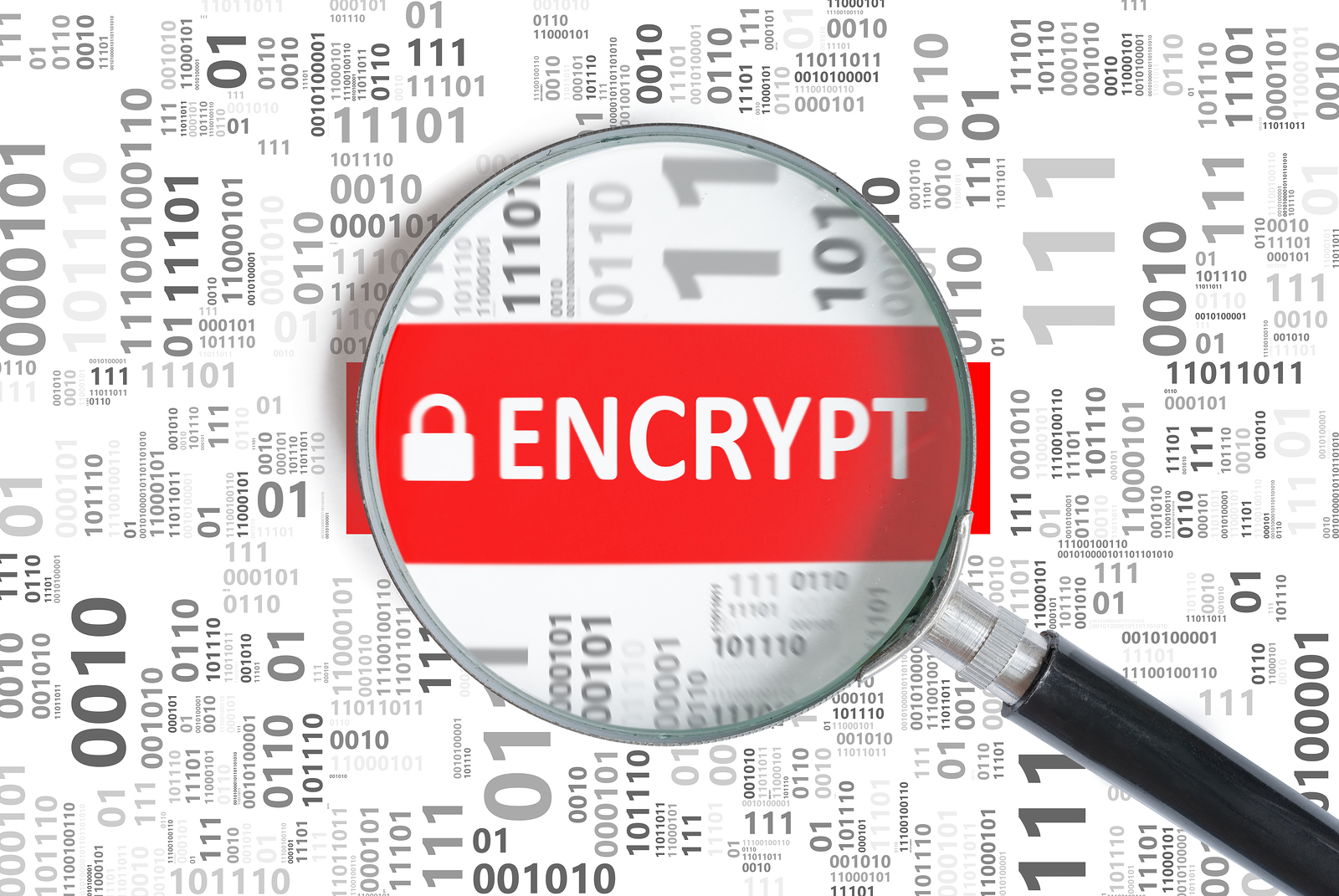As organizations and individuals increasingly rely on cloud storage and services, ensuring the security of data becomes a top priority. One of the most effective ways to safeguard sensitive information is through encryption. In this guide, we’ll explore the crucial role of encryption in cloud data security and outline best practices for implementing it effectively.

What is Encryption?
Encryption is the process of converting data into a format that cannot be easily read or understood by unauthorized users. The original data, known as plaintext, is transformed into ciphertext through the use of cryptographic algorithms. To access the data, authorized users must have the decryption key, which reverses the encryption process, restoring the plaintext.
In cloud environments, encryption is used to protect data from unauthorized access, both when it is stored (data at rest) and when it is transmitted over networks (data in transit).
Why Encryption is Critical for Cloud Data Security
Cloud environments store vast amounts of sensitive data, making them attractive targets for hackers. Without encryption, any unauthorized access to the cloud—whether due to data breaches, account hijacking, or insider threats—could result in sensitive information being exposed. Encryption provides an essential layer of protection by ensuring that even if data is accessed, it remains unreadable and useless to malicious actors.
Here’s why encryption is indispensable in cloud security:
- Data Protection: Encryption ensures that sensitive data, such as customer information, financial records, and intellectual property, remains secure and unreadable without the proper decryption key.
- Regulatory Compliance: Encryption helps businesses comply with data protection regulations like GDPR, HIPAA, and PCI-DSS, which often mandate the use of encryption to secure sensitive information.
- Minimizes Risk of Data Breaches: Even if cloud systems are compromised, encrypted data remains secure, limiting the damage of data breaches.
Types of Encryption in Cloud Security
- Encryption at Rest
This type of encryption protects data that is stored in the cloud, such as files, databases, or backups. Encryption at rest ensures that even if unauthorized users gain access to cloud storage, they cannot read the data without the decryption key.
Best Practices:
- Use Strong Encryption Algorithms: AES (Advanced Encryption Standard) with a 256-bit key is one of the most widely used and secure encryption standards for data at rest.
- Client-Side Encryption: Encrypt data before uploading it to the cloud. This ensures that even the cloud provider does not have access to the plaintext data.
- Encryption Key Management: Use proper encryption key management systems, either provided by the cloud service or managed in-house. Ensure keys are stored securely, separate from the data.
- Encryption in Transit
Data in transit refers to information that is being transferred between devices or across networks. Encryption in transit protects this data from being intercepted by attackers as it moves between your local network and the cloud or between cloud applications.
Best Practices:
- Use Secure Communication Protocols: Ensure that data is transmitted using encrypted protocols like TLS (Transport Layer Security) or HTTPS.
- VPNs and SSL/TLS: Utilize Virtual Private Networks (VPNs) or Secure Socket Layer (SSL) certificates to encrypt communication channels between cloud services and clients.
- End-to-End Encryption: Encrypt data at the source before sending it over the network, and ensure it is decrypted only at the destination.
- Hybrid Encryption
Hybrid encryption combines the strengths of both symmetric and asymmetric encryption. It typically uses public key encryption to securely exchange a symmetric encryption key, which is then used to encrypt the actual data. This is a common method in cloud environments where secure communication and data sharing are required.
Best Practices:
- PKI Infrastructure: Implement Public Key Infrastructure (PKI) to manage public and private key pairs used in hybrid encryption.
- Rotate Keys Regularly: Ensure encryption keys are regularly rotated to minimize the risk of compromise.
Best Practices for Implementing Cloud Encryption
- Choose the Right Encryption Algorithm
Not all encryption algorithms offer the same level of security. For cloud data security, use well-established algorithms like:
- AES-256: The gold standard for encrypting sensitive data both at rest and in transit.
- RSA (Rivest-Shamir-Adleman): Widely used for secure data transmission, particularly in asymmetric encryption scenarios.
- Elliptic Curve Cryptography (ECC): A more efficient form of encryption used in some cloud services for secure communication.
- Implement Strong Key Management
Encryption is only as strong as the security of the encryption keys. Key management refers to the creation, distribution, and storage of encryption keys, and it is critical to the success of cloud encryption.
- Dedicated Key Management Systems: Use services like AWS KMS (Key Management Service) or Google Cloud KMS for centralized key management. These services automate key rotation, storage, and access policies.
- Separate Key from Data: Store encryption keys in a separate location from the encrypted data. This ensures that if data is compromised, the keys are not easily accessible.
- Role-Based Access Control (RBAC): Limit access to encryption keys based on user roles, ensuring that only authorized personnel can access and use them.
- Ensure Full Encryption Coverage
Encryption should be applied to all sensitive data, including backups, logs, databases, and stored media. To ensure full coverage, conduct regular audits to verify that all critical data is properly encrypted.
- Regularly Update Encryption Protocols
As technology evolves, so do the methods used by cybercriminals to break encryption. Stay ahead by updating encryption algorithms and security protocols regularly to meet current industry standards.
- Monitor for Compliance and Performance
Regularly audit your encryption processes to ensure compliance with regulatory requirements. Additionally, monitor the performance of encryption systems to avoid data latency or inefficiency, especially when handling large volumes of cloud data.
Challenges of Cloud Encryption
- Performance Impact: Encrypting and decrypting large amounts of data can slow down cloud services, leading to latency issues.
- Shared Responsibility: In cloud environments, encryption is a shared responsibility between the cloud provider and the user. While cloud providers may offer encryption tools, it’s up to the user to configure them properly and manage encryption keys.
- Data Access: Over-reliance on encryption can lead to issues where authorized users struggle to access data if keys are lost or not properly managed.
Conclusion
Encryption plays a vital role in securing data in the cloud, protecting it from unauthorized access and ensuring compliance with privacy regulations. By understanding the various types of encryption and following best practices—such as choosing the right algorithm, managing encryption keys, and implementing strong access controls—you can significantly strengthen your cloud security strategy.
Ensuring your data is encrypted both in transit and at rest, as well as following up-to-date encryption standards, will provide peace of mind and protect your cloud assets from potential threats.




Thanks <3
🤗🤗🤗
မင်္ဂလာပါ
Good night
♥️♥️♥️
✊🏻✊🏻✊🏻✊🏻✊🏻
💕💕💕